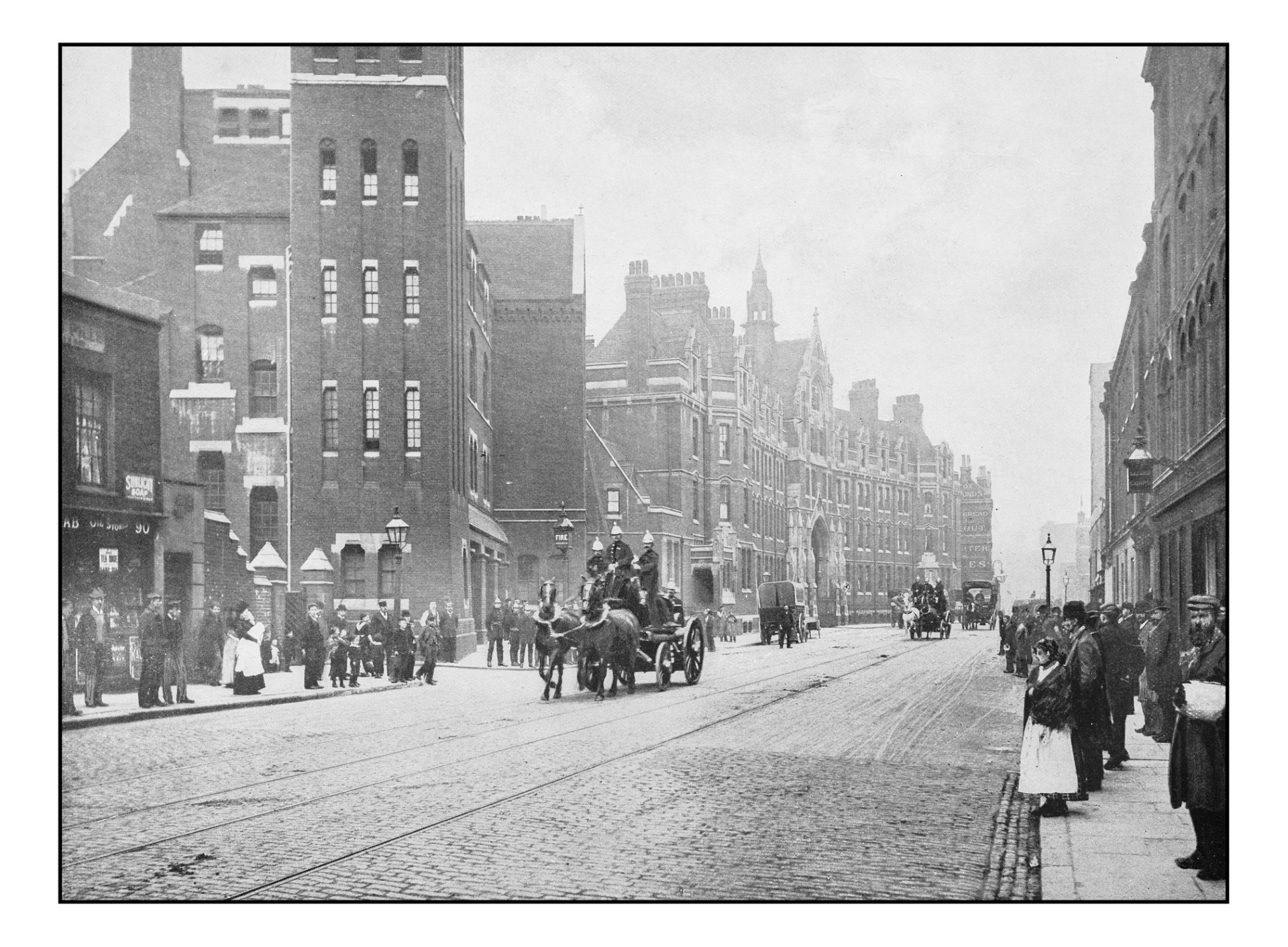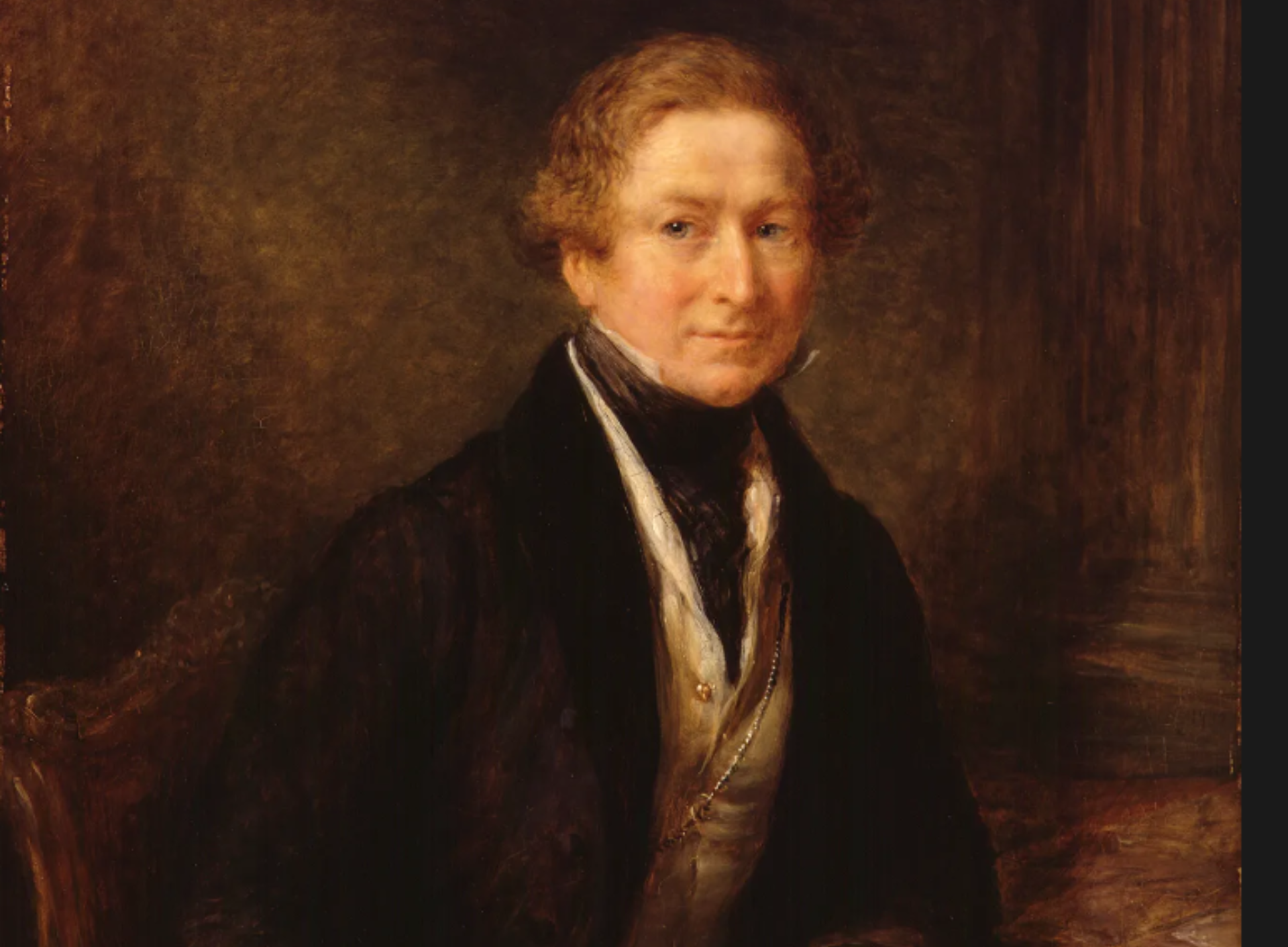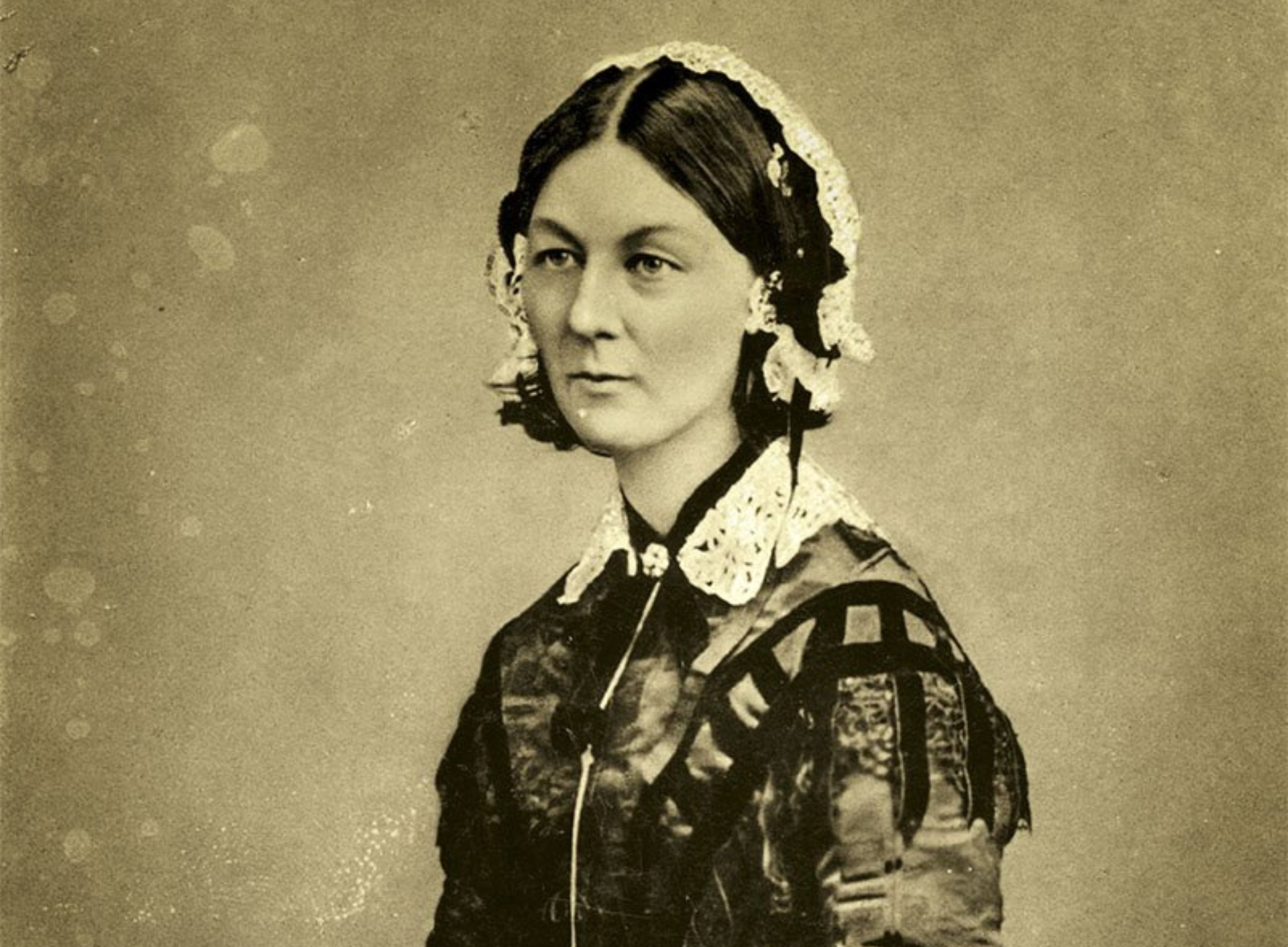What are Emergency First Responders?
Emergency First responders are trained and skilled individuals who form an integral part of our emergency services network, giving assessment, treatment and preliminary assistance to those in need. We explore the difference these individuals make to the lives of everyday people by doing critically important work without hesitation and look back on some first response efforts from history.
Role and Responsibilities of the First Responders
First responders are a broad category of trained professionals who are among the first to arrive at an emergency scene. Their primary responsibility is to assess the situation, provide initial assistance to victims, and ensure safety for themselves and others.
There are several type of responders and share the following responsibility:
- Paramedics and emergency medical technicians (EMTs): These professionals provide medical care to the sick and injured.
- Police officers: They maintain public order, investigate crimes, and apprehend criminals.
- Firefighters: They extinguish fires, rescue people from burning buildings, and perform other emergency services.
- Transport workers: This could include ambulance drivers or tow truck operators who help transport people or equipment during emergencies.
- Search and rescue personnel: These individuals locate and rescue people who are lost, injured, or trapped in dangerous situations.
- Security guards: They may be trained to provide first aid and assist with crowd control during emergencies.
Emergency Services Throughout the History
First response in human nature dates back as early as the earliest disasters, battlefields, accidents however we will examine key points in the history of our emergency services to where we are today

The Great Fire
In September 1666 after a spark that ignited a blaze across central London soldiers and ordinary people took to helping each other tear down their houses in an effort to cause fire breakers and impair the spread of the flames. With no rigidity of fire fighting in the 17th Century, Londoners had to become their own firemen.
It wasn’t until 1941 that a National Fire Service was implemented and this was during a particularly uneasy time with the war in Europe. Between 1666 & 1941 a key point is that there needed to be standardisation of equipment so that brigades could help any district in the UK if necessary, without facing problems with fire hydrants or hose couplings.
Running from Conspiracy
By 1829, Robert Peel had implemented the Metropolitan Police. He is today considered the Father of Modern policing as he sought to uphold the law through a cohesive policing system.
He engineered a state funded, uniform yet reputable system in which individuals were paid to keep the peace amongst men. Prior to this there had been too many groups with conflicting agendas that he decided on a way forward.
Instances of treason are rarely forgotten & before Peel’s Met Police, Henry Fielding formed the Bow Street Runners who were considered, the first police force.
When anti establishment conspirators plotted to kill cabinet Ministers & PM Lord Liverpool in 1820 the runners played a pivotal role in ending this revolt. Known as the Cato Street Conspiracy, due to the address of the conspirators hide out, the runners decided to apprehend the conspirators without waiting for promised back up. One of the Runners died as a result of their bravery.
Peel found a way to give strong authority and backing to an official police force so the country did not have to rely on the heart of volunteer frontline lawman or the multiple groups practicing law and order and fighting for the same cause.

A Legacy of Bravery
It would be difficult to discuss care giving without mentioning Florence Nightingale, a gifted academic, who influences people to this day with her efforts during the Crimean War.
She understood the absolute need to care for others when they needed physical support and gave them the opportunity to recover from injury & sickness.
Institutions such as the Red Cross have been a pillar of support in some of the Britain’s darkest times, such as the Blitz & D-Day.
Amidst falling bombs and the culmination of an allied war effort on the 6th June 1944, volunteers worked en masse for the lives of others by driving ambulances, carrying the wounded, rescuing the injured, organising food parcels & applying basic first aid.
Our National Health Service a lasting legacy from the then Health Minister, Aneurin Bevan is a relatively new public service having just celebrated its 75th Anniversary.
This is taking into consideration the scope of time that people have had to look after their own health or pay for services that can now be publicly funded.
The Ambulance is known to have been a method of transport for the sick/injured far back through history but it was not until the early seventies, long after the implementation of Bevan’s Health Service that ambulance staff were beginning to be trained in the complexities of applying medical care pre-hospital admission.
Allowing staff to administer initial care and perform assessments of patients straight away has positively impacted on the ability to save lives.
Care giving has evolved from a natural need to look after other human beings to a methodical approach to preserving life and supporting the wellbeing of others as effectively as possible.

Today's First Response
In todays society our first responders are recognised as the individuals who can positively impact the lives of others using their skills to keep people safe in times of accident and emergency. Advances in technology alongside a dedicated workforce mean that first responders can arrive at the incident with prior warning of what to expect and then methodically work the situation by making things safe and free of threat first of all and then investigating the matter or getting individuals to urgent care.
A vital instrument to providing safe and efficient care in today’s World is the two-way radio which allows real time communication between responders and non-field staff to coordinate on emergency situations.
More recently apps have been developed, designed to allow responders and key workers to pick up care jobs within close proximity meaning individuals get time sensitive care.
This became more prominent since Covid-19.
These individuals we know as first responders often work together to provide care and support to people in need of assistance and we recognise their courage and resilience to keep changing and improving the lives of others every day.
What are the Second Responders?
Second responders, unique in their role, step in after the immediate danger has subsided to provide crucial support in various ways. They are the backbone of the recovery process in emergencies and disasters, with primary responsibilities include:
- Supporting First Responders. They assist firefighters, police, and EMTs at the scene. This involve tasks like traffic control, setting up lighting, or helping with communication.
- Community Recovery: They focus on the long-term needs of the affected community. This could involve tasks like debris removal, damage assessment, providing shelter and food, or offering mental health support.
- Restoring Services: They work to get essential services like electricity, water, and sanitation back up and running.
There are different categories of the first responders depending on the specific area of focus, some examples are utility workers, engineers, public health professionals, mental health professionals, construction workers, and volunteers from NGOs (Non-Governmental Organisations).
Overall the second responders are essential for ensuring a community can recover and rebuild after a crisis.
Motorfinity
Motorfinity offers exclusive discounts on new cars for first responders & second responders. Save on average £7,000 on all makes & models.
Are you eligible?
Our nation’s Armed Forces, Veterans, Emergency Services, NHS, Police and Prison Services, the Education and Social Care sectors and more form our eligible audience.


_1718725030.jpg)


